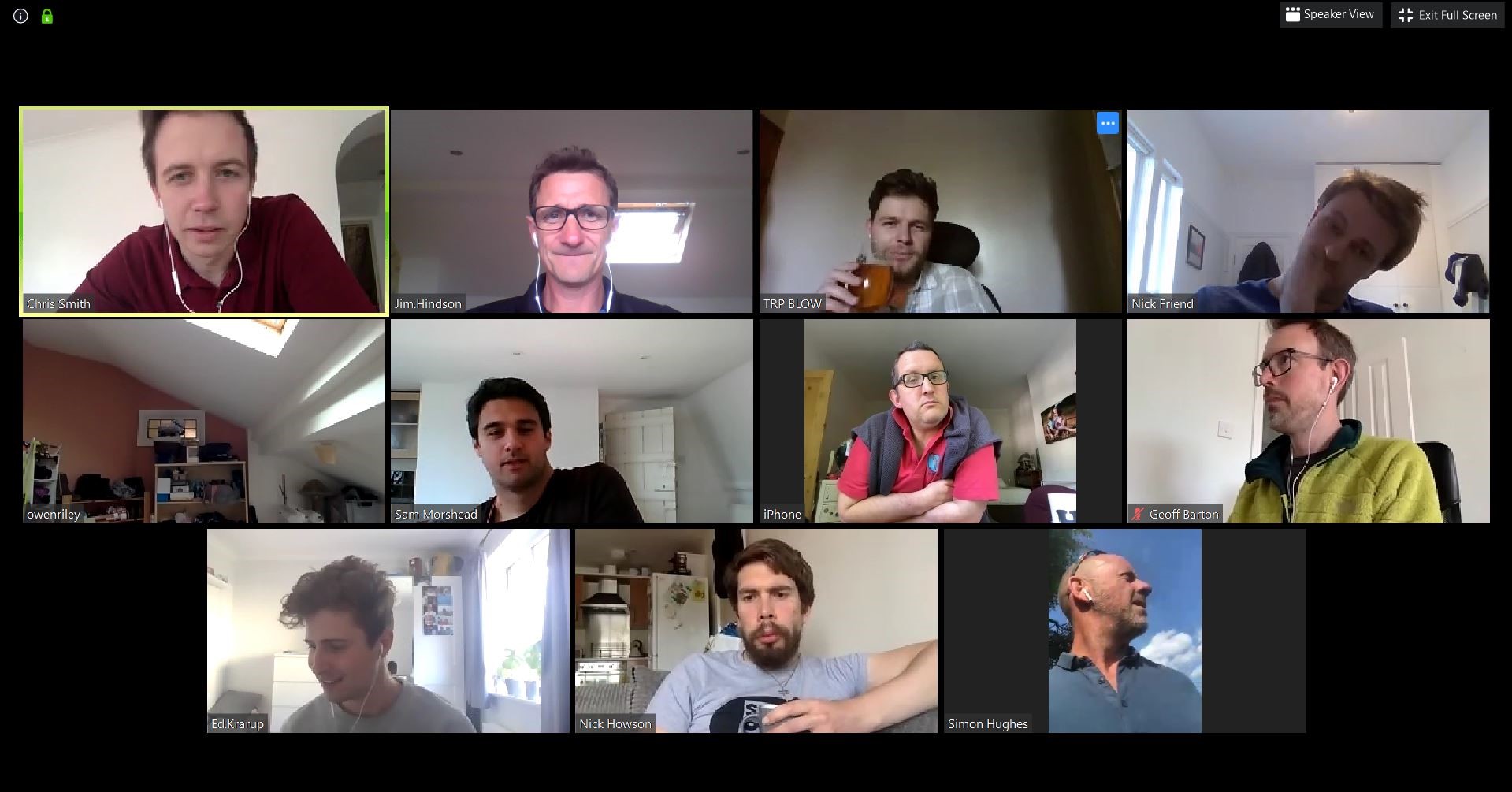HUW TURBERVILL: I think it was columnist Ian Jack who described a magazine as like a sandwich. Good worthy stuff on either side (i.e. slices of bread: intro features, and our Cricket Life section), and rich, meaty material in the middle: the features


Many of you have asked me how we have kept producing The Cricketer during lockdown.
Here’s how.
The editorial team still meet formally once a week.
Only not in person at the moment, but by Zoom, the video communications device.
We have a planning sheet for each issue.
Each box on the page represents a page.
I think it was columnist Ian Jack who described a magazine as like a sandwich. Good worthy stuff on either side (i.e. the slices of bread: intro features, and our Cricket Life section), and rich, meaty material in the middle: the features.
In our weekly meetings Simon, me and the editorial team, along with our art designer Geoff Barton, swap ideas, deciding the line-up of the next magazine(s). It’s an important task – on a level with the England selectors’.
We often think of a linking theme – county cricket special, books bonanza, Ashes preview, and so on.
We also update the planning document.
Simon and I then speak to the various writers we have in mind to pen the articles.
They usually have about a week or two, but sometimes pieces can have a five or even six-week gestation.
We have a store of back-up material in case of emergencies.
Many things are written by us, the staff writers, while others are from freelancers.
Once written the stories are emailed in then we sub-edit them (check for errors, rewrite where necessary where a writer has lost focus perhaps, write a headline on them, and suggest a picture or three).

The Cricketer team enjoy a virtual meeting together
Geoff then takes the stories and designs pages for them, choosing the best pictures.
He is also a stats and graphics wizard.
The pages then come back to the editorial team.
Perhaps there may be a few too many words on some of the stories, so we trim them.
This doesn’t mean just slashing the copy at the bottom of articles, although often stories are written to have the most informative stuff at the top, but tweaking earlier sentences. It’s a balancing act between deciding what stays in and what goes.
Then the pages go out to our proof-reading team.
Errors are (hopefully) spotted and the pages corrected.
The cover is usually one of the last pages finalised.
On print day the button is pressed and the 100-odd pages are sent electronically to the printworks.
It takes about a week for the magazine to leave our computer screens and arrive on the subscribers’ doormats, or in the shops.
We are then all ready to go on the next four-week cycle/issue. Time waits for no magazine.
A reader writes: “In the same way that listening to Test Match Special is sometimes most memorable when it rains, the June issue was one of the very best! Was it perhaps because there was no cricket?”
But we now have some cricket, and you can read all about it in the August issue, out on July 17.
Save 30% when you subscribe to The Cricketer’s print & digital bundle. £35 for 12 issues